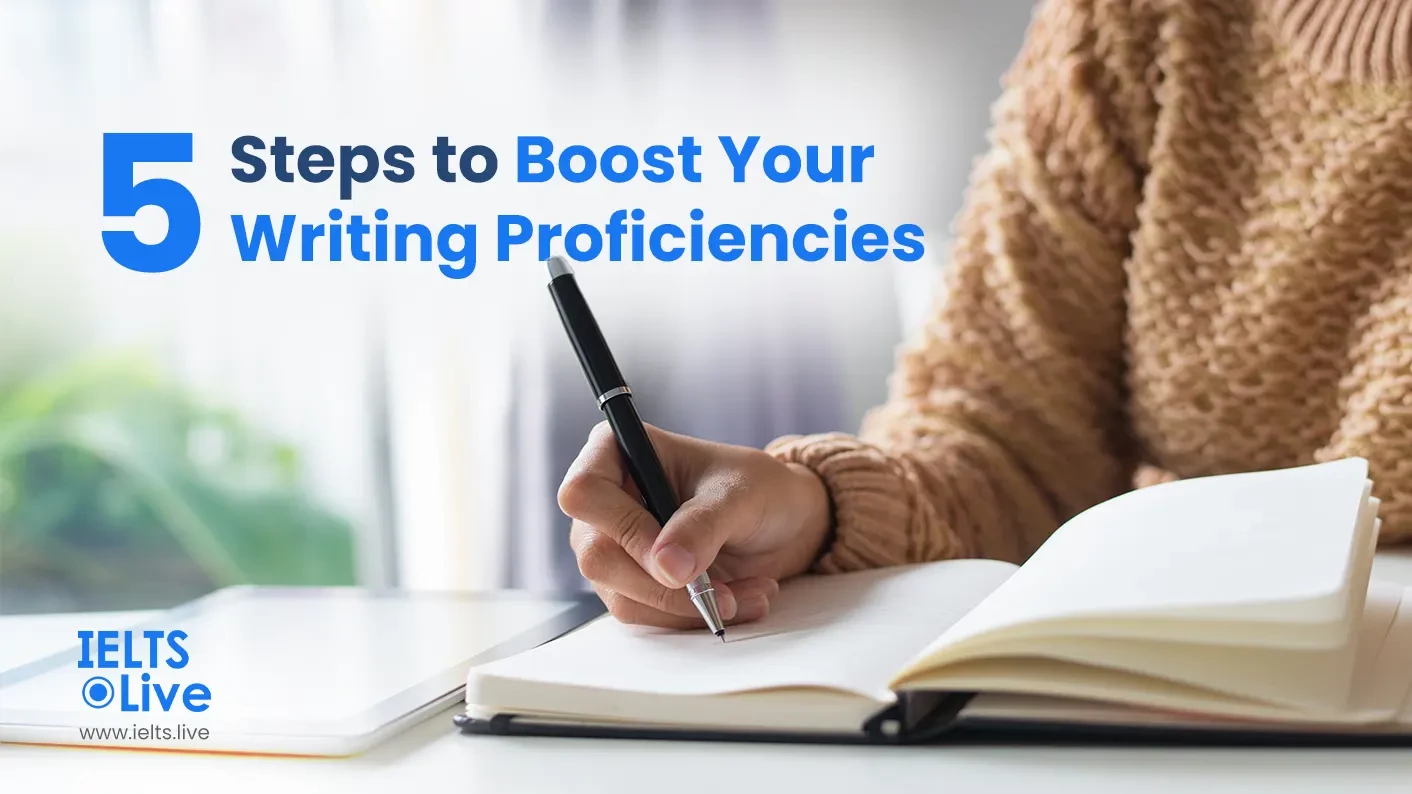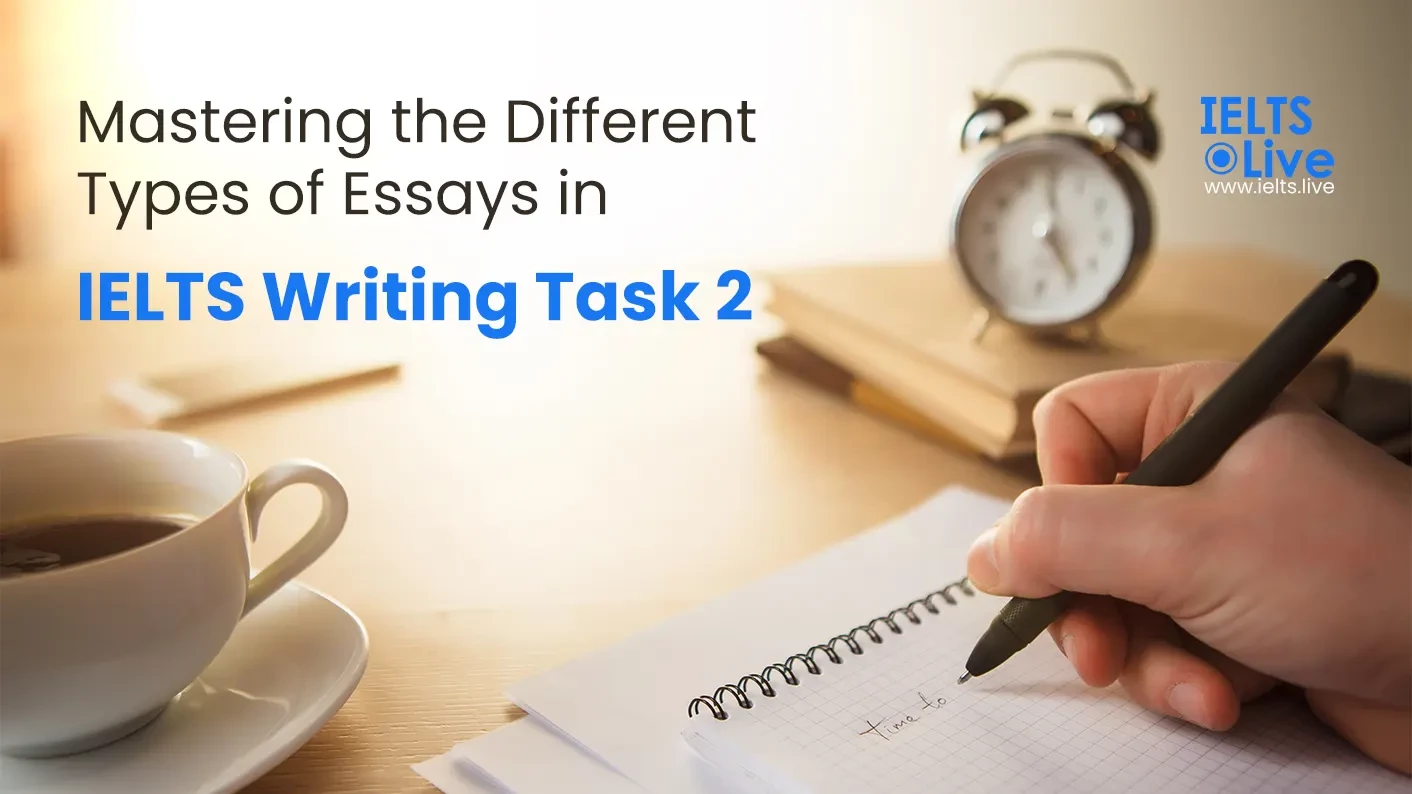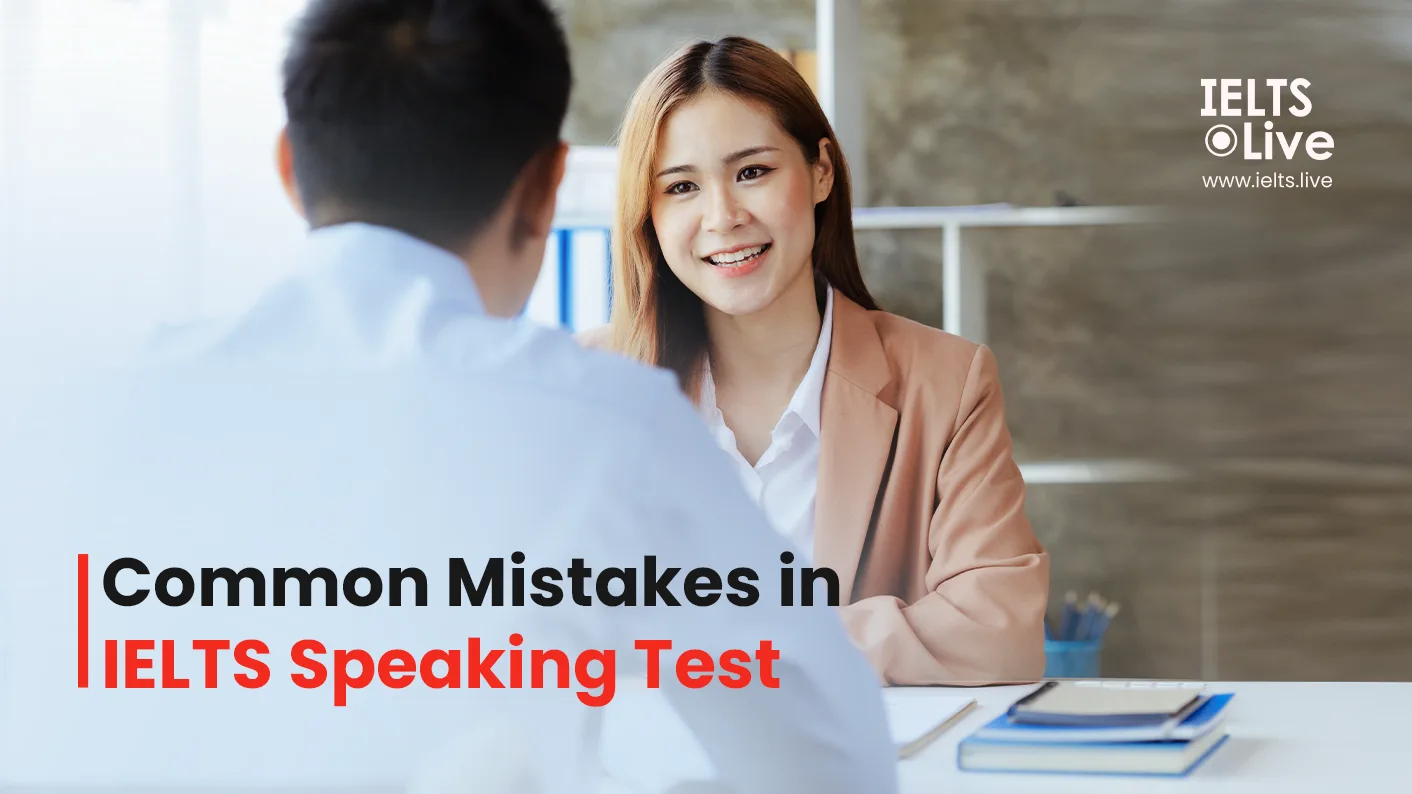
IELTS Writing Task 1 can feel like a voyage into unknown territory, especially when confronted with complex graphs and data representations. We understand the common challenges and uncertainties that many candidates face during this crucial stage of the exam.
But don't worry! We extend our hand to guide you through the process in this blog, offering empathetic support and invaluable strategies that will turn your uncertainties into unwavering confidence.
This blog post aims to provide you with comprehensive tips and strategies for succeeding in Writing Task 1 of the IELTS exam.
Understanding Writing Task 1:
Writing Task 1 requires you to carefully analyze and summarize visual information, such as graphs, charts, tables, or diagrams. These visuals may represent data trends, comparisons, or processes. To excel in this task, it is important to identify the key features and present them coherently and logically.
Example of Writing Task 1 Question:
Let's consider an example question to illustrate how to approach it effectively:
"You should spend about 20 minutes on this task. The graph below shows the percentage of car owners in a particular city who use their vehicles for different purposes. Summarize the information by selecting and reporting the main features and make comparisons where relevant."
Then you’ll be presented with a graph.
Vocabulary for Writing Task 1:
Utilizing appropriate vocabulary enhances the quality of your Task 1 response. Here are some valuable suggestions:
- Use accurate verbs to describe changes: For instance, you can use "increase," "decrease," "fluctuate," "peak," or "stabilize" to portray data trends effectively.
- Incorporate suitable adjectives to highlight the magnitude of changes: Consider using words like "significant," "gradual," "rapid," "slight," or "considerable" to describe the intensity of data variations.
- Include relevant nouns to ensure clarity: Terms such as "trend," "data," "figures," "proportion," or "comparison" can help convey the intended message.
- Use linking words and phrases: Employing words like "moreover," "furthermore," "in contrast," "overall," or "as a result" enhances the coherence and flow of your response.
- Remember to select vocabulary that accurately describes the data and emphasizes significant trends or changes. Strive for variety in your word choice to avoid repetition.
Sentence Structure in Writing Task 1:
Crafting well-structured sentences plays a vital role in conveying information clearly. Consider the following guidelines:
- Start with an introductory sentence that provides an overview of the main trends or features presented in the visual information.
- Use simple, compound, and complex sentences to convey information effectively.
- Support your main points with specific details and figures extracted from the visual data.
- Compare and contrast data using appropriate comparative language, such as "while," "in contrast," or "by comparison."
- Employ the passive voice when the subject is not the primary focus or when emphasizing the object of the action.
By following these guidelines, you can create sentences that are clear, concise, and informative, thereby enhancing the overall coherence and effectiveness of your response.
Tips and Strategies for Success:
To succeed in Writing Task 1, consider the following tips and strategies:
- Carefully analyze the given visual information before you start writing. Take note of the main features, trends, and comparisons.
- Plan your writing by outlining the main points and the sequence in which you will present them.
- Aim for a balanced response that covers all the relevant aspects of the visual information. Avoid focusing solely on one particular trend or feature.
- Manage your time effectively, allocating sufficient time for planning, writing, and reviewing.
- Maintain a clear and logical structure throughout your response. Begin with an introduction, present the main trends and features in the body paragraphs, and conclude with a summary.
- Use cohesive devices such as linking words and phrases to connect ideas and paragraphs smoothly.
- Practice paraphrasing to demonstrate your language skills and avoid repetitive language. This will also help you avoid copying phrases directly from the question.
- Pay attention to grammar, punctuation, and spelling to ensure accuracy in your response. Errors in these areas can affect the overall coherence and clarity of your writing.
- Allocate a few minutes at the end to review and edit your work. Look for any errors, omissions, or areas where you can improve the clarity of your response.
Here’s a list of detailed instructions you can follow:
- You will come across visual information in the form of graphs, charts, tables, or diagrams in Writing Task 1. Your task is to efficiently analyse and summarise the information presented by these visuals, which compare or highlight data trends or other processes.
- Start by paying close attention to the provided visual information. Make a note of the visual's title, axes labels, units of measurement, and any other labels or notes that are included. Prior to continuing, comprehend the setting and aim of the data presented.
- It's important to recognise the image's primary features. Look for the most prominent trends, patterns, or noteworthy data points. Identifying the highest or lowest values, significant changes or fluctuations, or noteworthy comparisons between various categories or time periods are some examples of this.
- Once you've determined the key components, it's crucial to present them logically and coherently in your response. Start with an overview of the visual and its primary goal in the introduction. Mentioning the type of visual (such as a bar chart or line graph) and the topic it represents can be part of this.
- Concentrate on the primary trends and features in the body paragraphs. Start with the most important or obvious trend and back up your claims with specific examples. When describing the information, be sure to use precise language and accurate data from the visual. Compare various components or categories, pointing out any standout differences or similarities.
- Think through your response before you answer. The data can be organized either chronologically, from the earliest to the most recent data points or according to the significance of the trends or features. Make sure there is a clear progression of ideas and that your paragraphs flow smoothly.
- Remember to include all the key facts in the information summary without going into too much detail. Avoid getting bogged down in minute details and concentrate on the main ideas that convey the message of the image. Briefly summarise the main comparisons and trends, emphasising the most important conclusions.
- Finally, wrap up your analysis by summarising the key elements and patterns seen in the illustration. If appropriate, you can also make a final observation or comment on how the data may be interpreted. By carefully analysing the visual, identifying the key features, and presenting them coherently and logically, you can demonstrate a strong understanding of the information and effectively fulfil the requirements of Writing Task 1.
Mastering IELTS Writing Task 1 requires preparation, practice, and a thorough understanding of the task's requirements. Following the tips and strategies outlined in this blog post will improve your ability to analyse and describe visual information effectively, increasing your chances of success on the IELTS exam.
Remember to practice regularly and seek feedback to improve your skills. You can confidently approach Writing Task 1 and achieve your desired IELTS score with dedication and practice.
Good luck with your IELTS preparation!










0 COMMENTS